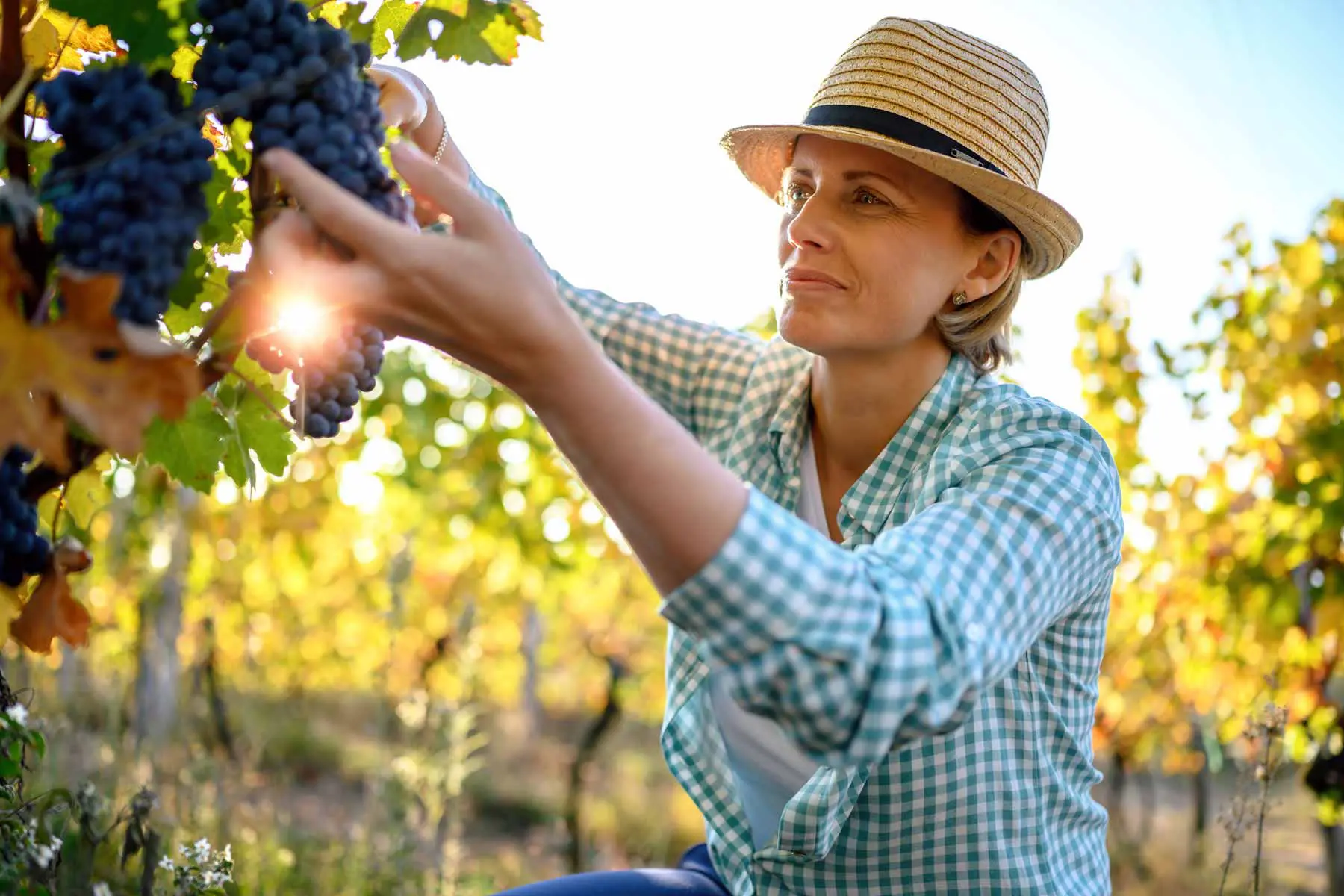Expressing Terroir with a Mathematical Formula
Expressing Terroir with a Mathematical Formula
To someone unfamiliar with the world of wine, the word “terroir” may feel abstract, even intimidating. Yet once you begin to understand the vast interplay of elements it represents—and how compactly this French term captures the soul of a wine—you can’t help but admire its elegance.

It’s no wonder, then, that the romantic imagery of lush, green vineyards, gently rolling fog, or slanted evening sun—often associated with terroir—resists being distilled into a neat mathematical formula.
The Emergence of the Concept
The term terroir, derived from the Latin terra (meaning “earth”), first appeared in written French records in the 1300s. As you might recall, Christian monasteries played a major role in preserving and advancing viticulture during the medieval period. Wine, being central to religious rites, became one of the most refined crafts among monastic communities.
Monks tending the vineyards observed that wines made from the same grape variety differed noticeably depending on which plot they came from. This early awareness prompted deeper observation of factors beyond the grape itself—soil, sun, climate, and even the process. And from these insights, the notion of terroir was born.
The concept took root most systematically in Burgundy, where monastic orders began associating specific vineyard sites with consistently distinct expressions of wine.
Terroir as a Sense of Identity
By the 1500s, terroir had become more than an observation—it had become a language. Wine quality began to be associated not just with grape variety but with geographic origin.
Saying “Pinot Noir” was no longer enough; saying “Gevrey-Chambertin Pinot Noir” conveyed a richer sense of character and place. Thus, terroir evolved into a narrative device—allowing producers and drinkers alike to speak more precisely about a wine’s personality.
The Global Adoption of Terroir
In the 20th century, as New World wine regions like California, Chile, South Africa, and Australia rose to prominence, they approached terroir from their own environmental and cultural perspectives. Over time, terroir became one of the most important pillars in the universal language of wine.
Today, grape variety and terroir are often presented hand-in-hand—as co-authors of the wine in your glass.
What Terroir Is (and Isn’t)
Terroir refers to the full spectrum of natural and human factors that shape a wine’s character: soil, climate, elevation, sun exposure, wind, and viticultural decisions. It’s not merely “soil type + average temperature.” Even with the same grape variety planted in seemingly identical conditions, wines can turn out remarkably different. Why? Because human influence—intuition, technique, timing—plays a crucial role. Terroir includes the winemaker’s decisions as much as it does the landscape.
Can We Define Terroir with a Formula?
Scientists often reason: if something can be measured, it can be modeled.
With that mindset, researchers have proposed formulas like:
T = f(C, S, T, H, M, P)
Where:
- T = Terroir
- C = Climate (sunlight, temperature, rainfall)
- S = Soil (pH, minerals, permeability)
- T = Topography (elevation, slope, aspect)
- H = Hydrology (groundwater, drainage)
- M = Microbiome (soil biodiversity)
- P = People (harvest decisions, traditions, techniques)
It’s an elegant framework—but let’s not applaud just yet. Today we have sophisticated tools for measuring all of these variables. But do the results match our expectations in practice?
GIS Technology and Terroir Mapping
Over the past two decades, Geographic Information Systems (GIS) have enabled researchers to create highly detailed terroir maps. Microclimates, slope angles, soil depth, and drainage data are plotted to identify optimal matches between grape varieties and parcels of land.
These methods have been applied extensively in Chile, Australia, California, and France. But even the most advanced maps can only predict potential—they don’t guarantee quality.
AI, Flavor Memory, and the Limits of Prediction
Some experimental studies have aimed to predict terroir using artificial intelligence algorithms. Wine tasting data was matched with geographic data to create models for “vineyard location prediction based on taste profile.”
The results obtained from these studies do not provide the definitive outcomes scientists had hoped for. Let’s say the evaluated vineyard areas have similar characteristics in terms of “wine productivity criteria.” Even then, wines made from the same grape variety grown in these vineyards can be completely different.
The main reason for this is actually the human element. From the selection of yeast to differences in harvest timing, and from the choice of storage vessels to how they are used—every detail is shaped by human decisions.
In this context, fundamental terroir data is not sufficient to make reliable predictions about the final product.
In Summary: A Formula Doesn’t Solve It
The reasons for this can be listed as follows:
- It’s not stable: There are major variations from year to year, and season to season.
- Regional description is not enough: Even micro-parcels can differ significantly.
- The human factor is dominant: Both tradition and personal influence play a role. Hem gelenek hem kişisel yanlar işin bir parçası.
- It can’t be described without tasting: Words still fall short of capturing the complex interpretations of our senses.
Terroir Is More a Story Than a Formula
Some producers refer to their vineyards as terroir focal points when describing their wines. For instance, when someone says, “Limestone slopes at 1200 meters altitude, facing south in the Taurus Mountains,” it’s not really possible to understand what specific characteristics this will produce in the wine for our senses. But this description creates a certain expectation in us, and when we take a sip, our emotional side assigns a value to the unformulatable terroir.
That’s why terroir is, in the end, a story…

Katerina Monroe
@katerinam • More Posts by Katerina
Congratulations on the award, it's well deserved! You guys definitely know what you're doing. Looking forward to my next visit to the winery!






















Kaleminize sağlık